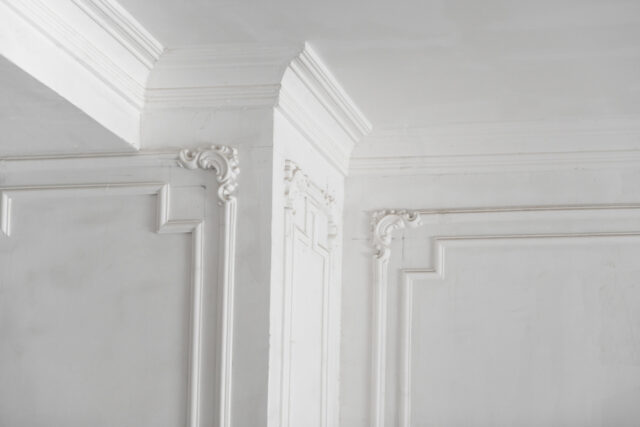
Coving is a plaster molding specifically crafted to cover the juncture between the ceiling and walls, enhancing a room’s overall refinement. When choosing a molding style, consider the ceiling height and the ambiance you want to create. Understanding plaster coving and its potential benefits can help you make a more informed decision for your interior.
Plaster Coving Is Relatively Tougher and More Durable
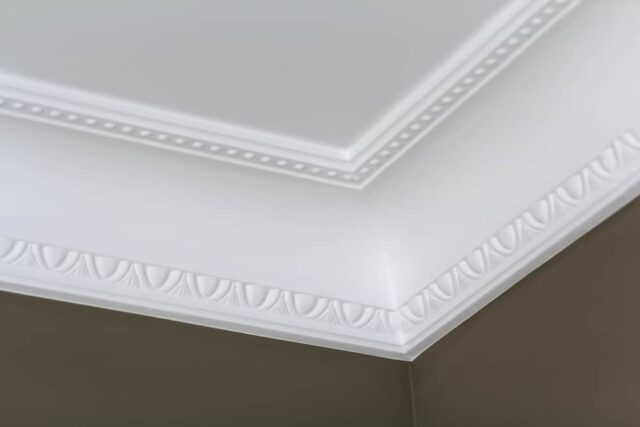
Compared to other types of coving, those made from plaster last longer. Plaster can survive rooms with high levels of moisture. Polystyrene-made coving may be lighter, but it can’t withstand moisture. Wood coving is a great alternative but tends to crack and warp, especially in high-humidity areas.
If you’re not into spending too much on decorating, consider buying plaster coving since it takes longer for them to show signs of deterioration. Plaster molding saves you money because they don’t have to be replaced as much.
Plaster Coving Hides Unappealing Elements
Plaster Coving conceals imperfections like cracks and makes the ceiling appear taller. With diverse styles and designs, it’s easy to find the plaster molding that perfectly complements your room. However, plaster coving doesn’t go well with gypsum board or drywall ceilings because they don’t provide enough support.
Plaster molding also hides messy wires or cables that could be seen on walls or ceilings. Coving with hollow spaces can discreetly route wiring for lighting, home automation, or entertainment systems without compromising the room’s aesthetics.
This results in a more organized space, ensuring a smooth appearance while maintaining the functionality of your electrical setup. Also, concealing wiring within plaster coving reduces the chances of tripping over cables or accidentally stepping and damaging exposed wires.
Installing Plaster Coving Is Easy
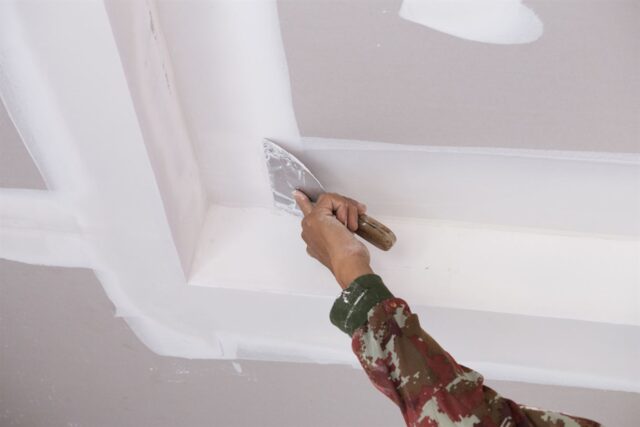
It won’t take more than a few hours to install plaster molding. Begin by measuring the area where the molding will be installed, then cutting it according to the required dimensions. Afterward, apply adhesive to the coving’s backside.
With the adhesive in place, start attaching the coving to the wall, working from one end to the other until the entire section is covered. Before painting, use a primer on the coving. Once that’s done, continue with matte emulsion paint or wallpaper to achieve the desired appearance.
Finding the Right Coving Can Be Challenging for Older Homes
Choosing to cove with pre-cut corners is smart since cutting them is tedious. Pre-cut corners might not always fit right, particularly in older homes with weird-shaped rooms.
Be sure to use the appropriate adhesive for your selected molding and have panel pins on hand to help hold the molding in place as the adhesive sets. For a refined finish, generously apply paintable caulk or flexible filler to fill gaps in the coving. While this task may be tedious, it is crucial for achieving a professional appearance.
How to Choose the Right Coving for Your Home
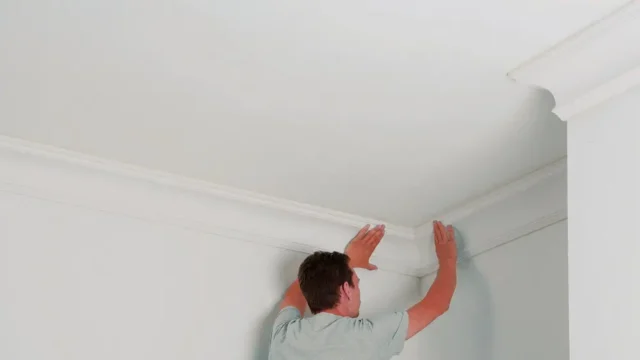
Choosing the right plaster molding for your home can be a daunting task, but it’s essential to get it right to achieve the desired look and feel of your space. Here are some key factors to consider when choosing the right plaster coving for your home:
• Style: The style of your coving should complement the overall theme of your home. If you have a traditional home, ornate and intricate designs may be more suitable, while a modern home may benefit from a simpler design.
• Size: The size of your molding should be proportionate to the size of your room. Larger rooms require larger molding, while smaller rooms may benefit from smaller coving to avoid overwhelming the space.
• Shape: The shape of your plaster coving should match the shape of your room. For instance, if your room has a curved ceiling, you may want to consider curved plaster molding to maintain a cohesive look.
• Material: Plaster molding can be made from different materials, including gypsum, lime, and fibrous plaster. Consider the durability and quality of the material when choosing your molding.
• Budget: Plaster molding can vary in price, so it’s essential to set a budget before making a decision. Remember to factor in the cost of installation and any additional materials needed.
• Professional installation: Finally, it’s important to ensure that your plaster coving is installed correctly to avoid any potential issues in the future. Consider hiring a professional to install your plaster molding to ensure a flawless finish.
Installing Tips

Installing plaster coving can be a challenging task, but with the right tools and techniques, it’s possible to achieve a flawless finish. Here are some tips for installing coving:
- Preparation: Before installing plaster coving, ensure that the walls and ceiling are clean and free from any debris. Sand down any rough surfaces to ensure a smooth finish.
- Measuring: Measure the length of each wall and calculate the amount of molding needed. It’s always a good idea to order extra in case of any mistakes or damage during installation.
- Cutting: Use a miter saw to cut the molding to the correct length and angle. Remember to make cuts on the back of the coving to avoid damaging the decorative surface.
- Adhesive: Apply adhesive to the back of the coving and press firmly into place on the wall and ceiling. Use a level to ensure that the molding is straight and even.
- Joining: When joining two pieces of coving, cut them at a 45-degree angle to create a neat, seamless joint. Apply adhesive to both pieces and press firmly together.
- Filling and Sanding: Once the molding is in place, fill any gaps with plaster filler and allow to dry. Sand down any rough edges or excess filler for a smooth finish.
- Painting: Once the filler is dry and sanded, the coving can be painted to match the surrounding walls and ceiling.
- Safety: Always wear appropriate safety gear, including gloves and eye protection, when handling plaster molding and tools.
Plaster Coving Prevents Your Home From Looking Withered
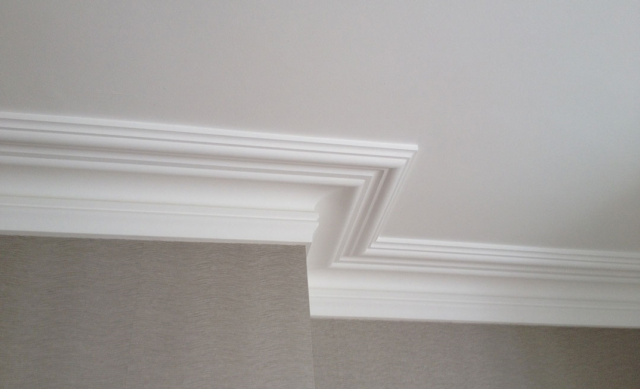
Indeed, plaster coving offers a stunning, classic touch to your home’s exterior and an affordable solution for a new look. It shields your home from the elements, maintaining its pristine appearance.












